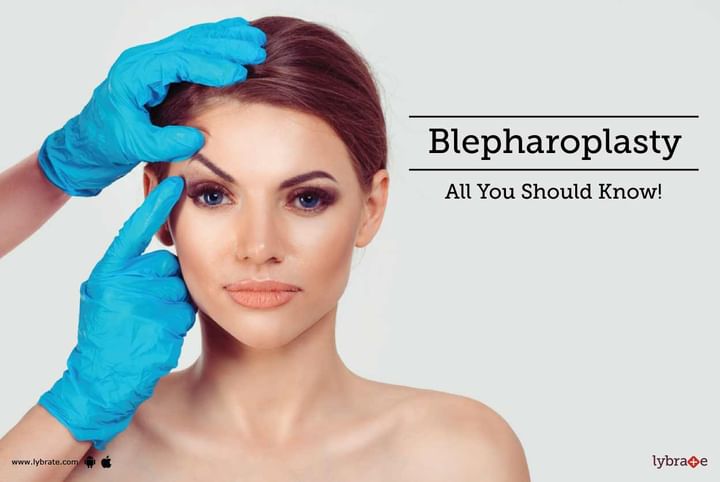Blepharoplasty - All You Should Know!
The surgical procedure to correct the appearance of eyelids is called blepharoplasty. The correction is done by removing extra skin, fat and muscle that cause the eyelids to droop.
Uses-
Eyelids start drooping when the muscles supporting your eyelids weaken. Eye bags and droopy eyelids are a result of excess fat accumulation below and above the eyelids.
Besides making you look older than your age, droopy eyelids can also affect your vision. In such scenarios, blepharoplasty can help in improving your vision and give your eyes a polished look at the same time.
Advantages of blepharoplasty:
• Excess deposits of fat that make eyelids look puffy are removed with the help of blepharoplasty.
• Eye bags are reduced.
• Drooping eyelids which end up revealing the sclera (the white part in your eyeballs) are fixed.
• Excessive skin around the upper and lower eyelid can be corrected. Blepharoplasty is usually combined with procedures such as skin resurfacing, face-lift or brow-lift.
Risks-
Blepharoplasty, like every other surgical procedure, has certain risks, though very rare, which include—
2. Irritated, dry eyes
3. Trouble closing eyes and other associated problems
4. Prominent scarring
5. Eye muscle injury
6. Skin discoloration
7. Follow-up surgery might be needed
8. Short-term blurry vision, or in unusual cases, loss of vision
9. General risks associated with surgery such as blood clots, anaesthetic reactions, cardiac and other coronary problems.
Preparation-
Before the surgery is scheduled, a general health check-up is done to record your medical history and discuss your expectations about the surgery. Then, before the procedure can begin, the following steps will be followed:
1. First, you will be examined physically; your doctor will test your tear ducts and take measurements of your eyelids.
2. Second, your eyes will be examined and your vision will be tested.
3. Lastly, your doctor will take photographs of your eyes which will facilitate and guide him/her through the course of the surgery.



+1.svg)
